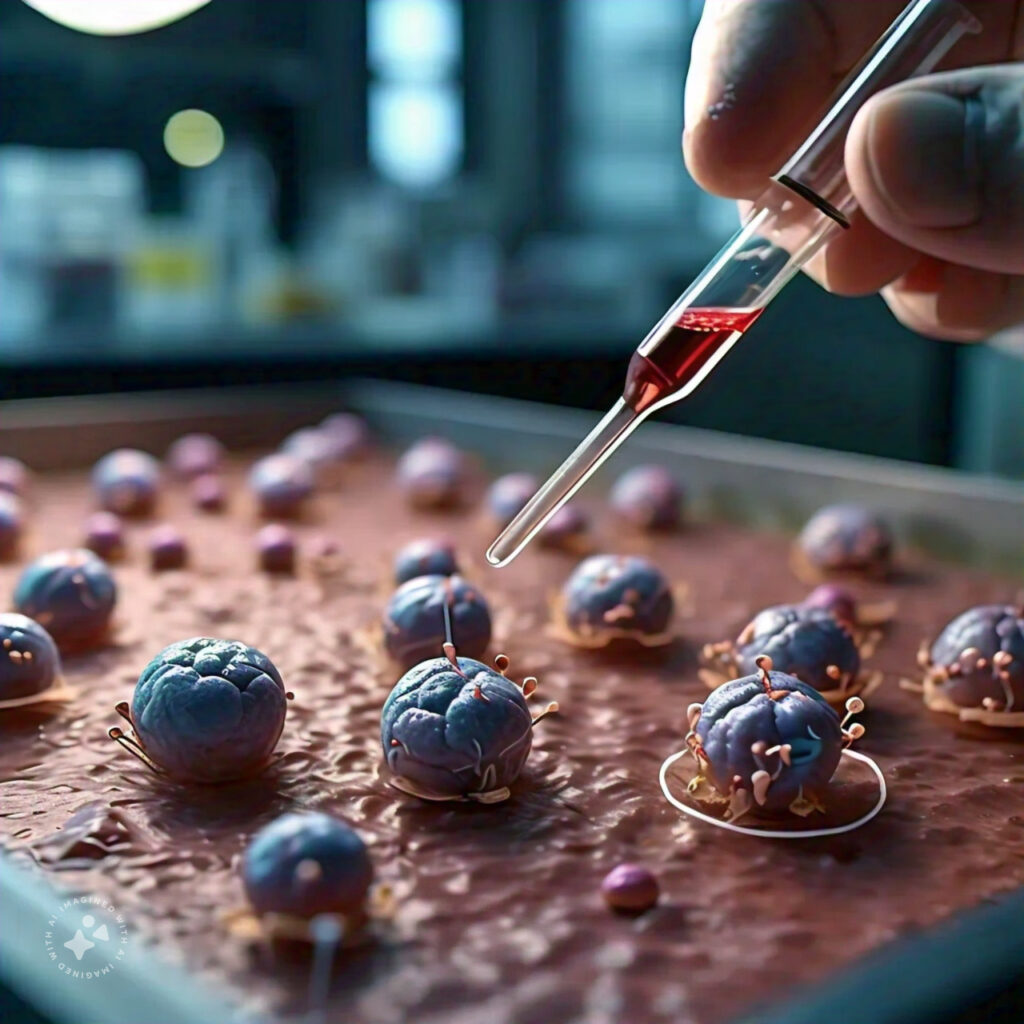Avoiding sugars in the first 1000 days of life can reduce the risk of type 2 diabetes and hypertension in your 60s – A World War II sugar rationing study
A recent study published in the Science journal showed that limiting sugar up to 1000 days from conception can reduce the risk and delay the onset of type 2 diabetes (T2D) and hypertension later in life, in their 60s. Source: Adobe Stock images Study cohort This study was based on a UK cohort of 60,183 […]









